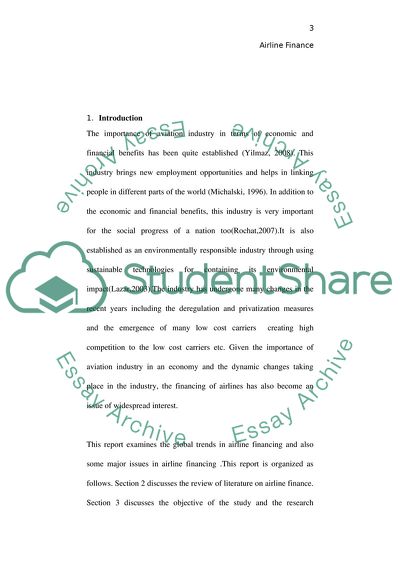Cite this document
(Analysis of Airline Finance Research Paper Example | Topics and Well Written Essays - 3500 words, n.d.)
Analysis of Airline Finance Research Paper Example | Topics and Well Written Essays - 3500 words. Retrieved from https://studentshare.org/finance-accounting/1742526-research-in-airline-finance
Analysis of Airline Finance Research Paper Example | Topics and Well Written Essays - 3500 words. Retrieved from https://studentshare.org/finance-accounting/1742526-research-in-airline-finance
(Analysis of Airline Finance Research Paper Example | Topics and Well Written Essays - 3500 Words)
Analysis of Airline Finance Research Paper Example | Topics and Well Written Essays - 3500 Words. https://studentshare.org/finance-accounting/1742526-research-in-airline-finance.
Analysis of Airline Finance Research Paper Example | Topics and Well Written Essays - 3500 Words. https://studentshare.org/finance-accounting/1742526-research-in-airline-finance.
“Analysis of Airline Finance Research Paper Example | Topics and Well Written Essays - 3500 Words”, n.d. https://studentshare.org/finance-accounting/1742526-research-in-airline-finance.


